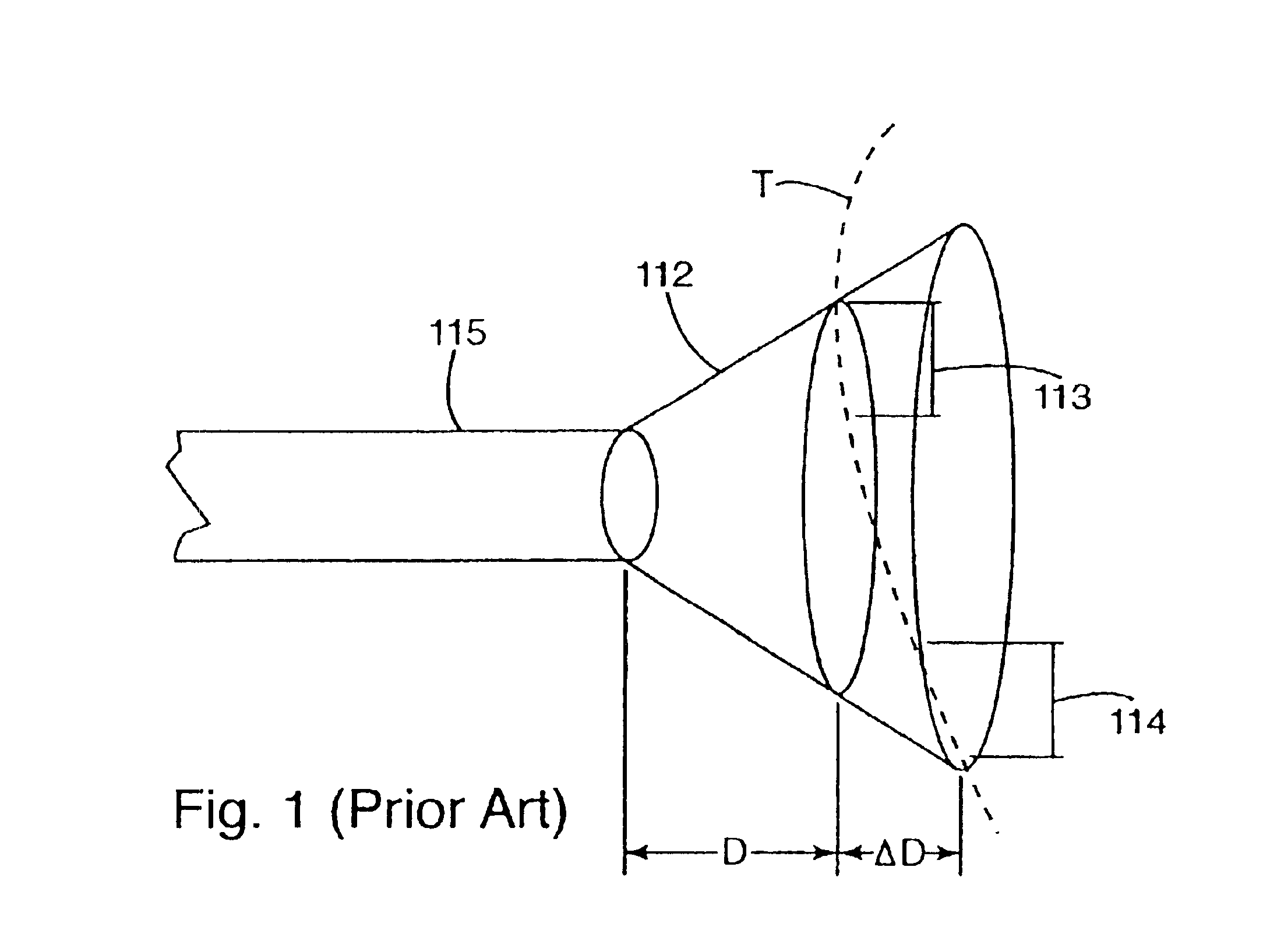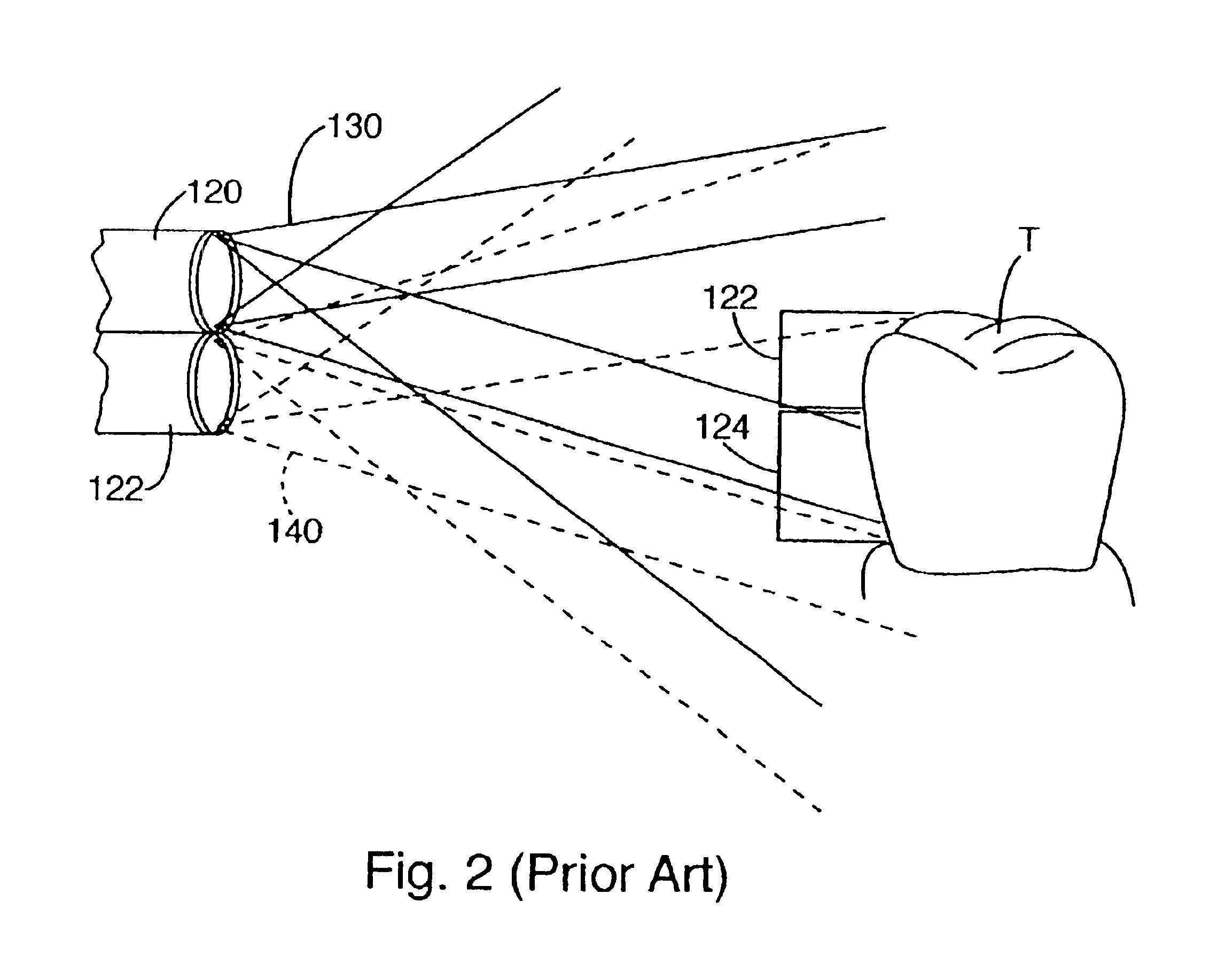Optical measurement device and related process
a measurement device and optical technology, applied in the field of optical measurement devices, can solve the problems of poor color fidelity, time-consuming and subjective, and poor shaded restoration, and achieve the effect of accurate representation of true colors, poor color fidelity, and poor color fidelity
- Summary
- Abstract
- Description
- Claims
- Application Information
AI Technical Summary
Benefits of technology
Problems solved by technology
Method used
Image
Examples
Embodiment Construction
With reference to FIG. 6, the preferred embodiment of the optical measurement instrument 10 will now be described. The optical measurement instrument 10 generally includes a housing 12, display 18, processor 20, imaging subsystem 50, illuminator 80, power source 90, and sanitary shield 300. The housing 12 includes subparts 12a and 12b to allow easy assembly and access to the internal components housed therein. The housing subparts seat and seal together to create a housing that prevents contamination of sensitive internal components by dust and chemicals. The housing 12 may be constructed of any material; however, a light, easily cleanable, synthetic material, such as plastic, is preferred for handheld use and shock resistance.
The display 18 and the processor 20 may be separate or integrated as a unit as depicted. The display 18 is preferably a liquid crystal display (LCD). The LCD preferably has a touch screen interface to provide image control, data display and targeting feedback ...
PUM
| Property | Measurement | Unit |
|---|---|---|
| constant irradiance | aaaaa | aaaaa |
| distance | aaaaa | aaaaa |
| optical characteristics | aaaaa | aaaaa |
Abstract
Description
Claims
Application Information
 Login to View More
Login to View More - R&D
- Intellectual Property
- Life Sciences
- Materials
- Tech Scout
- Unparalleled Data Quality
- Higher Quality Content
- 60% Fewer Hallucinations
Browse by: Latest US Patents, China's latest patents, Technical Efficacy Thesaurus, Application Domain, Technology Topic, Popular Technical Reports.
© 2025 PatSnap. All rights reserved.Legal|Privacy policy|Modern Slavery Act Transparency Statement|Sitemap|About US| Contact US: help@patsnap.com



